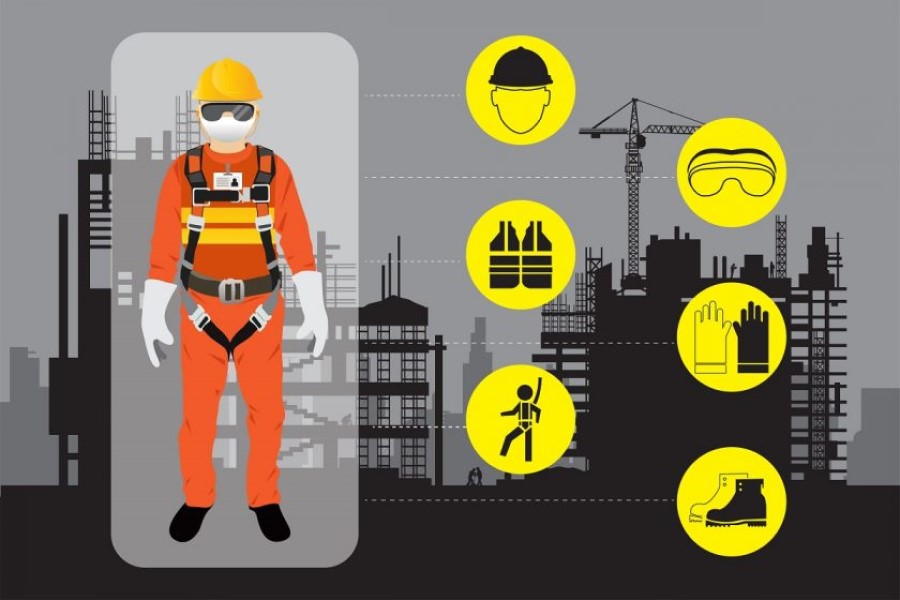Protective equipment is becoming more and more crucial in today’s workplace due to the catastrophic injuries that employees sustain on the job. On any construction site, safety is of utmost importance, and efforts are still being made by the sector to reduce worker fatalities. How can safety equipment reduce injuries? To answer this question, go to guardboots – we’ll cover that in this article.
Workplace hazards are things that have been noted as being present. These risks have the potential to result in worker injuries, severe infections, and environmental and property damage. Moving components and mechanisms in machinery and equipment, electrical risks, explosion hazards, heat hazards, industrial chemical hazards, etc. are a few examples of risk factors at work.
Why wear personal protective equipment?
The following are examples of equipment and safety precautions: insurance, signaling, safe separation, control mechanism, brake, automation, and distinct safety devices. They’re designed to guard against the damaging effects of production-related hazards on employees. Other widespread actions, such as providing each worker with personal protection equipment, are required in a variety of specific situations.
Personal protection equipment is a technical measure that is extra and supporting, but it is also one that is crucial. Production cannot be done without personal protection equipment, which could put workers in danger.
Helmets, goggles, lanyards, life jackets, safety mats, guards, safety shoes, and other items are examples of protective gear. However, protective gear varies depending on the work. Each of these technologies adds a different weapon to the toolbox for maintaining the productivity, health, and safety of employees.
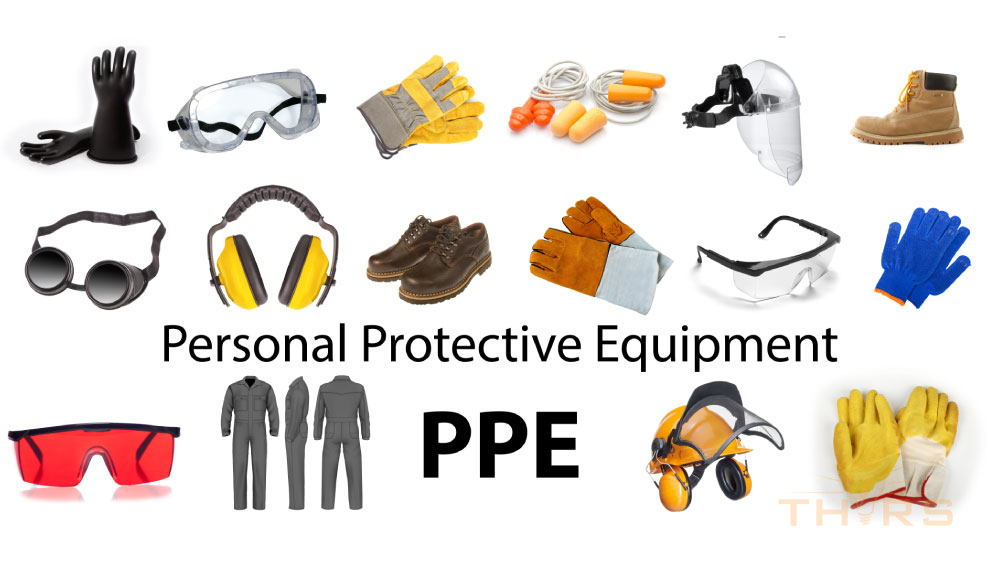
How can safety equipment reduce injuries?
According to the necessary level of protection, personal protective equipment is split into seven categories: body, head, eye, respiratory, and hearing. Additionally, there are seven subcategories for each of these categories: hands, feet, and hands and feet.
Equipment for head protection
Various sorts of caps are employed depending on the necessity to guard against mechanical harm, hair curls, or radiation rays. The helmets must meet the general specifications of lightness and efficient ventilation in the area between the hat and the head in addition to the requirement to protect the head from the harmful effects of the aforementioned working circumstances.
Equipment for foot and hand protection
Boots and shoes of many kinds, including those that are waterproof, chemically resistant, electrically insulating, anti-slip, and vibration-resistant, are typically used for foot protection.
The standards for hand protection are similar to those for foot protection and typically involve the usage of gloves of all types.
Protective clothing for work
Protect the body of the worker from the effects of heat, energy rays, chemicals, molten metal splashes, and also in the event of low or greater than normal pressure.
Personal protective equipment is produced in accordance with government quality standards, and it is managed, distributed, and used in accordance with legal requirements. Before issuing and periodically checking personal protective equipment in accordance with regulations, employers are required to undertake quality inspections, and employees are required to verify before using.
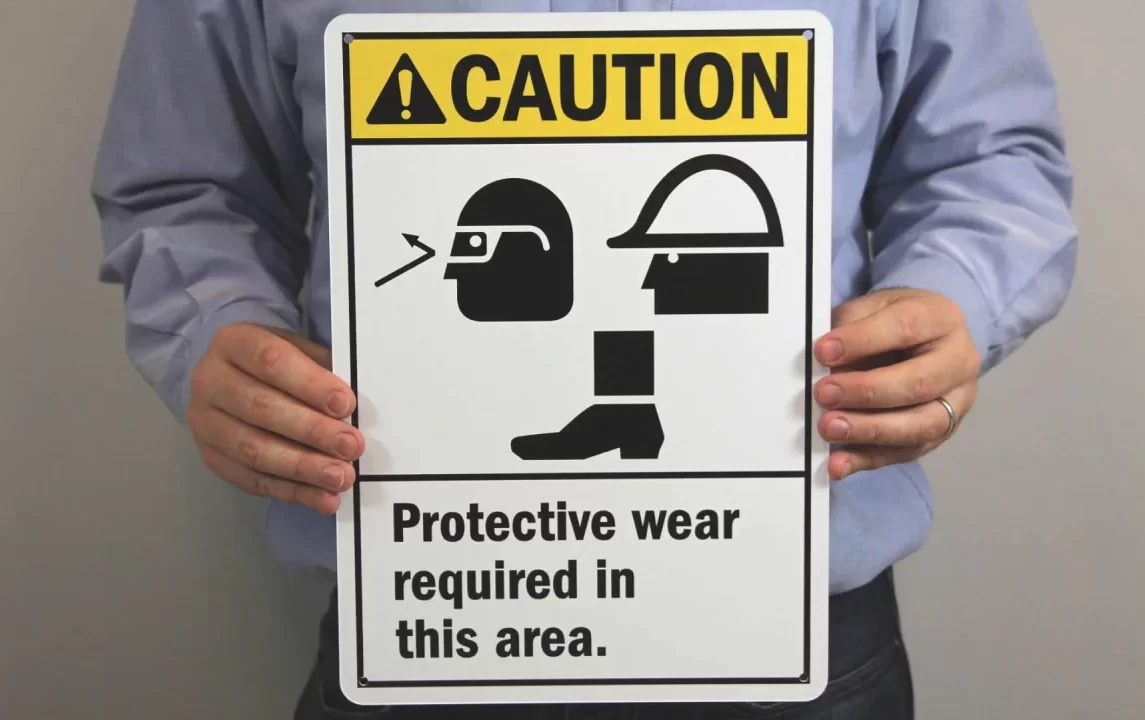
Respiratory protection equipment
This kind of equipment serves to keep dust, harmful gases, and vapors out of the respiratory system. Typically, this equipment consists of masks, self-rescue bottles, and respirators. People select the best equipment for the job based on the circumstances.
Eye protection equipment
- The kind that shields the eyes from being burned or injured by a sharp item…
- the kind that shields the eyes from harmful radiation rays.
To avoid the negative effects of working conditions on the eyes while also ensuring that the eye protection equipment does not impair vision or result in eye disorders, it is important to choose the proper eye protection equipment for the situation.
Hearing protection equipment
The goal of this kind of equipment is to stop noise from negatively influencing the workers’ auditory systems. Typically found with this kind of equipment are:
- Earplugs: When using the correct kind of earplug, noise can be significantly reduced when they are inserted directly into the ear canal.
- Over-ear covers: used when the noise level exceeds 120 dBA, they completely enclose the earlobe.
Measures to reduce the risk of occupational accidents
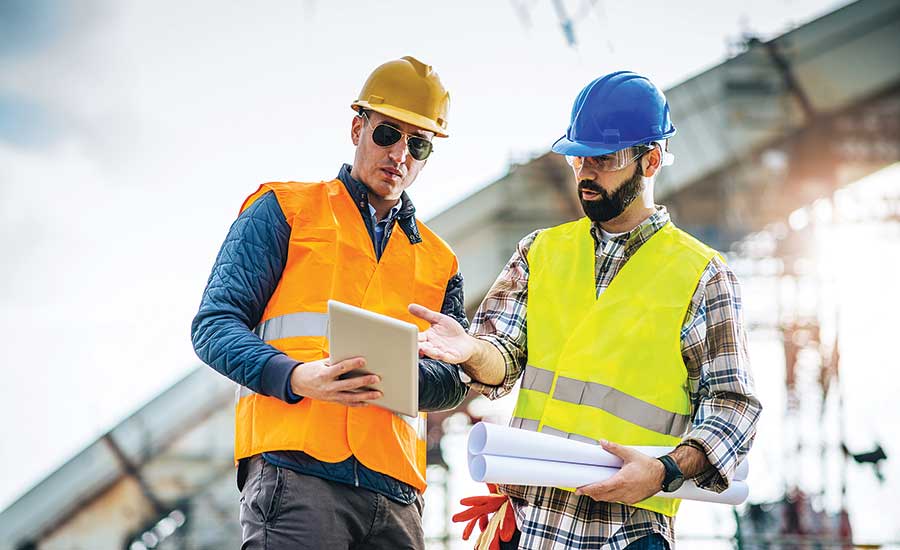
Fully equipped with personal protective equipment
Employers are required to supply the proper personal protective equipment to employees. This is done to lessen the possibility of accidents or injuries to workers throughout the construction process, which could harm their health and quality of life and impede the completion of the project. Each worker approaching the building site must make sure they are fully outfitted with personal protective equipment after all necessary protective gear has been made available.
Equipping the sign system at the construction site
The contractor must supply a system of signs and inform workers of their contents in order to provide instruction at the construction site. Signs can be distinguished by color for better visibility in addition to hazard indication signs.
For a safe passage and to use the proper equipment, workers entering a building site must pay attention to the signs and instructions and obey them. As a result, potential risks to workers will be reduced and avoided.
Develop safety regulations when working on scaffolding, working at height
The contractor needs to be mindful of the following information when there are personnel operating at heights to reduce the danger of workplace accidents:
- To guarantee proper health, those who work at heights must have their blood pressure taken before starting work.
- In addition to having a work permit issued by a safety officer or supervisor, employees must have proper training in construction safety.
- Worker play is not permitted while working at heights, and rainy or windy conditions are not appropriate for working on scaffolds.
- The usage of full body safety belts and the properly fastened use of seat belts while at work must be enforced by all employees.
- Safety nets must be placed all around the scaffolding area to stop anything from falling out of the work zone.
Optimizing material resources, reducing work load at the construction site
Optimizing construction materials at the plant is one of the strategies that investors and contractors are interested in currently. This step not only lessens the quantity of work that needs to be done at the construction site. As a result, not only were the chances of workplace accidents reduced during those periods, but there were also other later advantages, including convenience and efficiency.
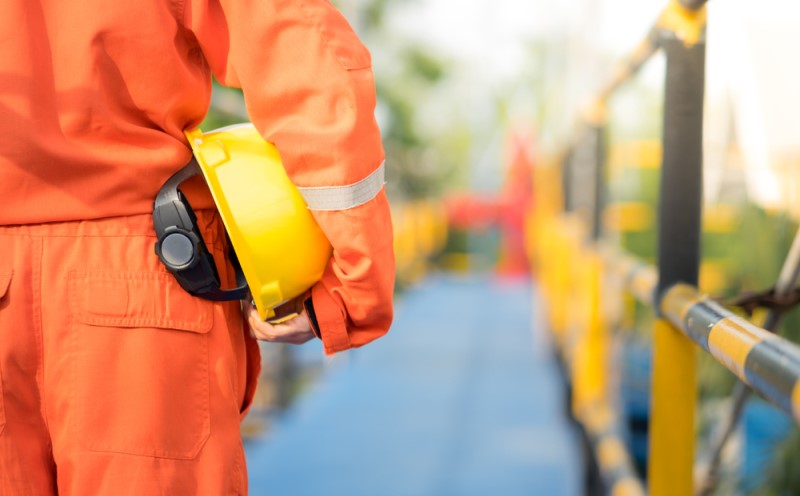
Conclusion
Contractors and the appropriate authorities should pay more attention to occupational accidents and occupational accident hazards. Occupational accidents have a negative impact on the reputation of the contractor and the project in addition to having a direct impact on the health, safety, and progress of the construction.
So that workers can work without worry, to assure the completion of the task, and to protect their reputation, contractors need to pay more attention to steps to limit the danger of occupational accidents.
So, How can safety equipment reduce injuries? We hope this article can be of help to you. If you have any questions, leave a comment below.
Learn more: What are the Types of Boots based on the Material?

